Google has unveiled a revolutionary AI-powered tool named “Whisk,” designed to transform the creative process by using image prompts rather than traditional text inputs. This innovative platform allows users to upload photos to generate AI-combined images, seamlessly blending subjects, settings, and styles without requiring written descriptions. Whisk is a testament to Google’s commitment to redefining user engagement with AI technology, offering a novel approach that prioritizes visual over textual interaction.
Unlike conventional image-editing software, Whisk positions itself as a “creative tool” aimed at fostering inspiration and exploration. Google emphasized that the tool is designed for rapid visual experimentation rather than delivering polished, professional-grade edits. This differentiation underscores the platform’s focus on accessibility and fun, encouraging users to reimagine imagery in unique and imaginative ways.
The introduction of Whisk comes amid a burgeoning competition among technology giants like Google and OpenAI to lead in the development and deployment of cutting-edge AI-driven consumer products. The race has intensified as advancements in generative AI continue to captivate public interest, despite ongoing debates about the ethical and societal implications of such technologies. Since OpenAI’s groundbreaking launch of DALL-E in 2021, AI-generated art has surged in popularity, transforming creative processes and reshaping how people interact with visual content.
Whisk builds upon the growing trend of generative AI but takes a distinctive approach by enabling “remixing” capabilities. Users can adjust their inputs to create different interpretations of the original image, such as converting it into a plush toy, an enamel pin, or a sticker. While text inputs can be incorporated to direct specific details, the tool’s design ensures they are optional. This flexibility empowers users to explore diverse creative possibilities effortlessly.
According to Thomas Iljic, Director of Product Management at Google Labs, “Whisk is designed to allow users to remix a subject, scene, and style in new and creative ways, offering rapid visual exploration instead of pixel-perfect edits.” The platform’s emphasis on imaginative reinterpretation aligns with Google’s vision of making AI tools more engaging and intuitive for a wide range of users.
Whisk operates on Google’s advanced AI architecture, leveraging the Gemini framework alongside DeepMind’s latest text-to-image generator, Imagen 3. Introduced in December 2023, Gemini combines generative AI capabilities with Imagen 3’s sophisticated algorithms to create visually compelling results. When users upload images, Gemini generates descriptive captions, which are then processed by Imagen 3 to produce the final output. By capturing the “essence” of the input images rather than replicating them exactly, the tool ensures room for creative reinterpretation while maintaining coherence with the original prompts.
However, this approach may lead to variations in the final image, such as differences in height, hairstyle, or skin tone compared to the uploaded photos. Google acknowledged these potential discrepancies in a recent blog post, highlighting them as part of the tool’s exploratory and adaptive nature. This “open-ended” functionality is expected to attract users looking for dynamic and flexible creative tools.
Whisk’s launch as a website on Google Labs marks the beginning of its development journey, with availability currently limited to users in the United States. Google has positioned Whisk as an early-stage offering, inviting feedback to refine the tool further. The company’s strategy reflects its broader ambitions in the AI sector, where innovation and consumer engagement are key priorities.
The competitive landscape in generative AI continues to evolve, with OpenAI recently unveiling “Sora,” a text-to-video generator that showcases its own advancements in the field. Dan Ives, Managing Director and Senior Equity Analyst at Wedbush Securities, described Whisk as a significant move for Google, labeling it as “another flex-the-muscles moment” in the ongoing AI race. Ives also highlighted the pivotal role of DeepMind in Google’s AI strategy, noting that products like Whisk exemplify the tech giant’s “treasure chest” of innovations slated for 2025, including a collaborative Android operating system developed with Samsung and Qualcomm.
As generative AI continues to shape the future of creativity and technology, Whisk stands out as an exciting addition to Google’s portfolio, redefining how users interact with visual content and expanding the boundaries of AI-powered innovation.









